21 Jun Review: Irix Macro Rail 180 IMR-180

The Irix macro focusing rail IMR-180 is now the second rail i test, and very similar to the Nisi model.
There are a few differences though, which we are going to have a look at.
Like i already stated in the other review, i have bought, owned and used a lot of gear in the past years, including a lot of macro rails.
I had used ones, vintage ones, as well as basic and intermediate models and even an automated one.
‘If you buy cheap, you buy twice’ – this is a wise insight, which has been proven numerous time in my experience.
There are countless models and styles – ranging from very cheap beginner models directly from the factories in China, to the expert stacking solutions with automated rails, which you can pay several hundred Euros for.
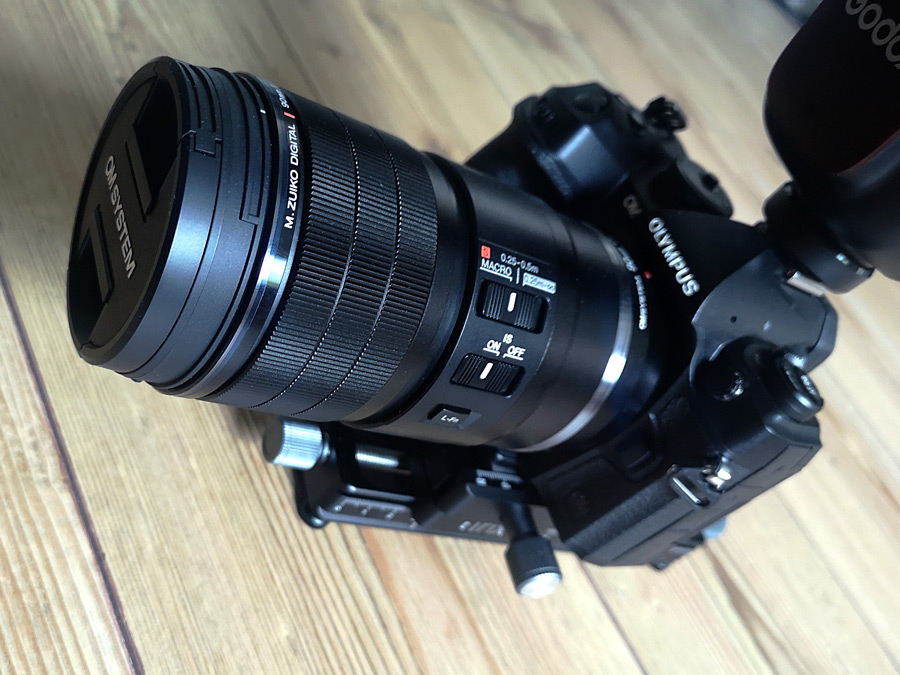

It is important to know what exactly you want and need a focusing rail for, so you can choose the model which fits the requirements the best.
An expensive product is not always better, when a cheaper model can also successfully do the job.
For the use in macro photography it is most important to have non-shaky and sharp results, as well as smooth and precise operating.
This is where the Irix rail scores.
How does a macro focusing rail work?
The camera is moved towards the subject step by step with the help of a rail, which allows to shift the layer of focus in a very controlled and precise manner without changing the angle.
Photographing multiple photos of the same motif or scene with a slightly shifted focus throughout the series is, what we call a focus bracket.
It is the base material for a focus stack: a merged image consisting of multiple single images with shifted focus, that results in a greater depth-of-field (DOF).
Often it is not possible to achieve such a DOF with a single shot at a specific magnification, so focus stacking is the only way to show all features of a motif, without changing the camera settings to maintain the same look (bokeh at wide apertures for example).
Taking manual focus brackets of stationary or immobile motifs is a lot easier with a focusing rail.
Vibrations and shaking is eliminated or at least reduced to a minimum, compared to taking the series of photos handheld.







For greater flexibility and stability the rail can also be attached to a tripod or other stationary setups.
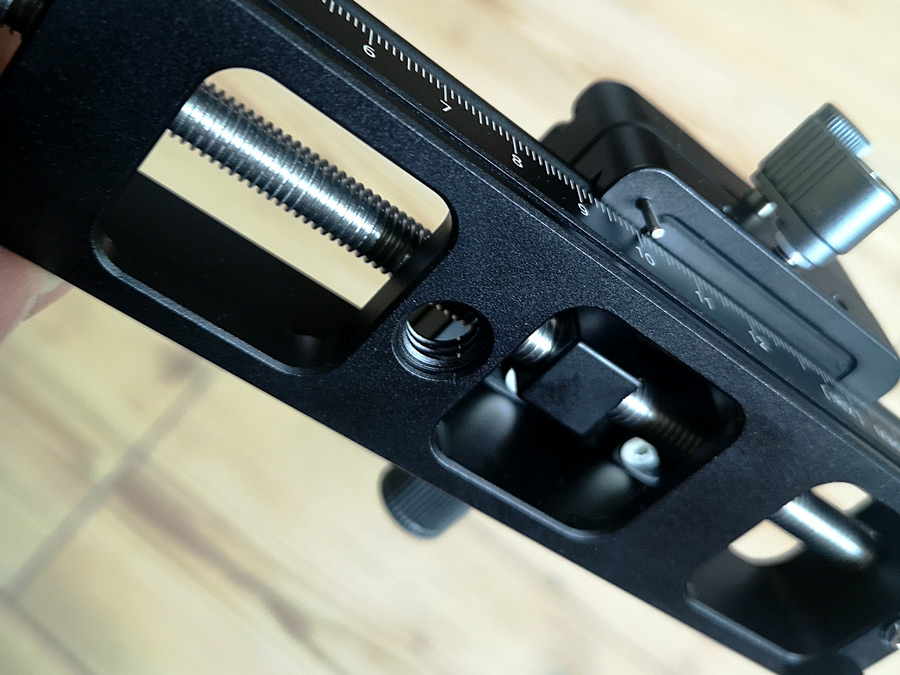

You can buy the Irix Rail 180 directly on their website:
Irix macro rail 180 IMR-180 for 105,64 Euro.
The rail will be delivered in a branded card box, incuding the quick-release plate (with a nylon loop) and a soft pouch for transport.
The build quality looks and feels decent, giving the feeling of a bargain for the relatively low price.
Lets have a closer look at the rail now.
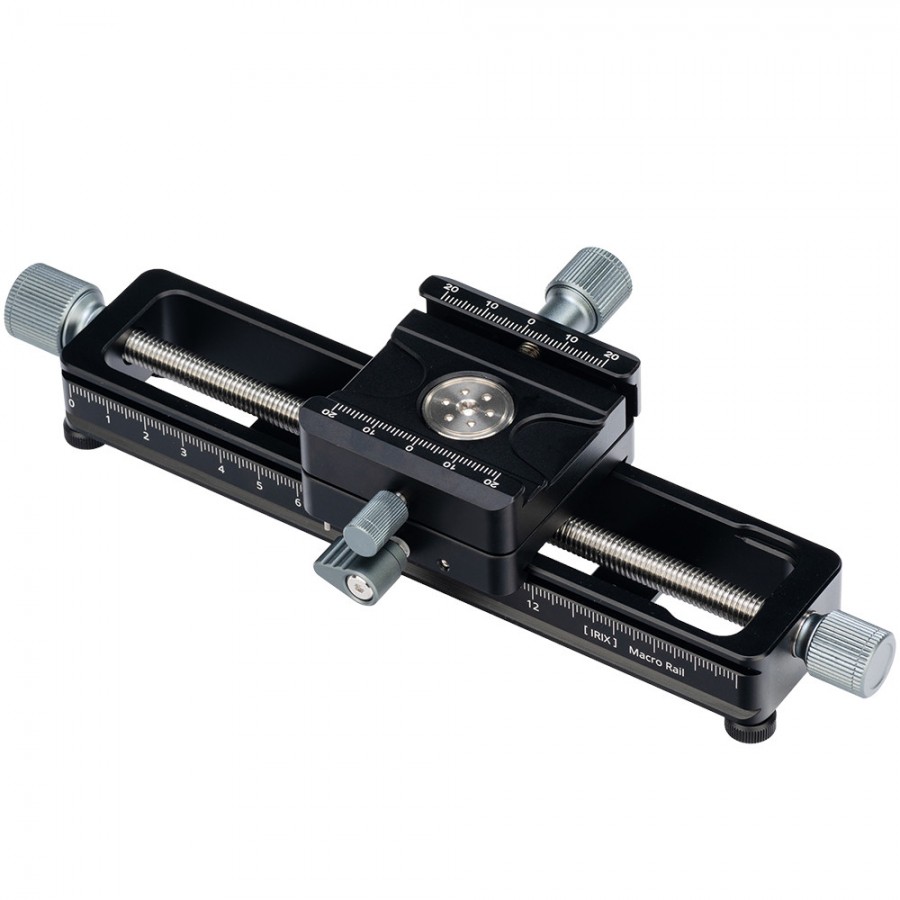
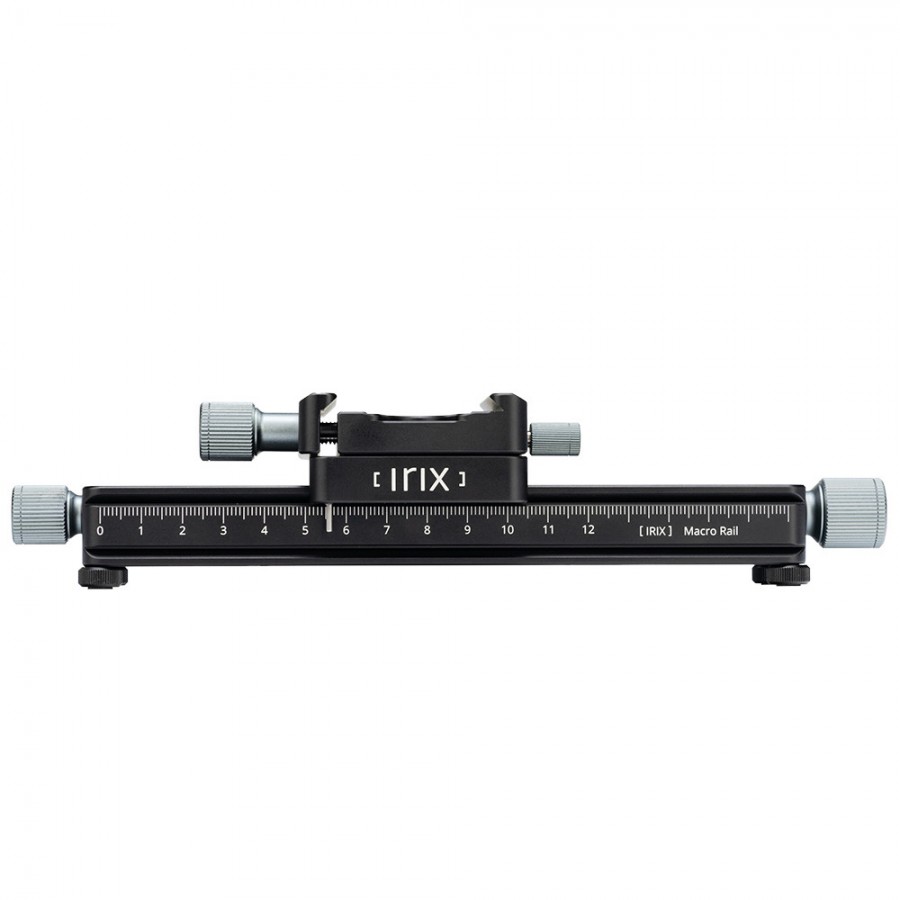


* product photos of the IMR-180 © Irixlens
The specs of the macro rail IMR-180
| Irix rail 180 IMR-180 |
|---|
| 360º range |
| engraved index markings for precise positioning |
| working range of approx. 160mm |
| 4 rubberized foot-screws (detachable), reduce vibrations and enhance stability |
| ⅜” und ¼” screw mounting options |
| Arca-Swiss mount compatibility |
| CNC cut black anodized,aluminum alloy |
| 8 kg max load |
Features and use
The design of the rail definitely makes sense, as there are many small details, that help operating it smoothly and get the desired results.
If i compare the ease of using it with more basic rails, it stands out.
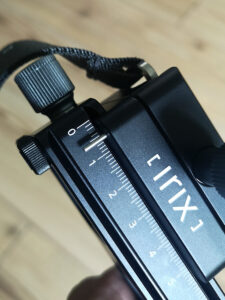
Turning the wheelknobs to move the mounted camera back and forth is very easy and smooth, resulting in the ability to go well-controlled and small steps in both directions.
For a purely manually operated rail, the precision of the steps is really good.
An engraved index scale helps to keep an overview over the distances, with an indicator pin showing you exactly how far you have moved the rail at any time.
Another creative feature is, that the mounting plate can be turned 360º, snapping in place at every 90º angle.
The sum of its features makes the rail a flexible tool for various scenarios, especially given its reasonable pricing.
Regarding the actual handling of the rail during the photography process, i must say that the placement of the adjustment-screws/knobs on both ends, is a very smart idea and saves from a lot of fumbling and fiddling.
This way, they do not interfere with the camera at all.
Conclusion
The Irix IMR-180 macro rail is a great, pure manual rail and up par with others i have tested, while its price is even better, so it is hard to argue, why to choose another in the same range and similar build.
Things that stand out, are the material and build.
The adjustment screws turn really smooth.
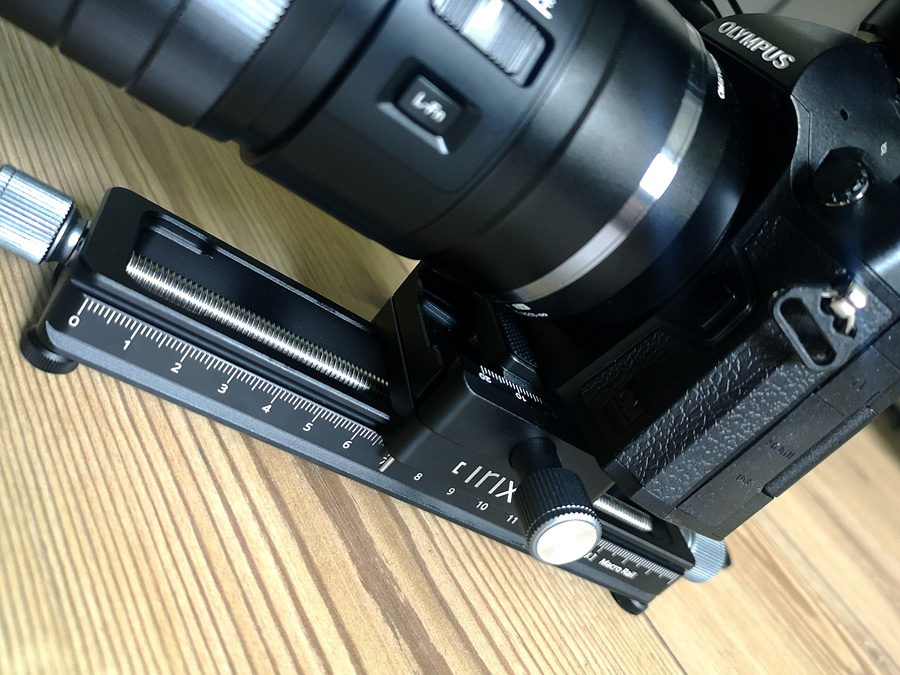
The rail is great both for beginners and for advanced photographers and offers great adjustability even for the smallest steps, to get closer to your subject.
Even for ambitious projects the rail is a good choice, as long as manual adjusting is sufficient.
Personally i rarely use a macro focusing rail, simply because i am photographing in the field most of the time.
Foliage, fast moving specimens and varying conditions rarely give me the time and opportunity to set up a tripod or rail.
Here, i rely on my skills to take a focus bracket/stack handheld, fully manual, or i let the camera (OM System) do it internally.
The Irix rail 180 is very compact though, so i always have it with me on longer field trips, just to have it should i need it.
It is compact, sturdy and reliable – making it the perfect travel companion if you need a rail in your backpack.
The only gripe I might have, is the lower quick release or lock screw, to increase friction of the main rail.
Having a normal screw instead, would speed up the process of increasing the friction.
Also the engraved scale and adjustments seemed to be a bit off (by ~1mm).
I am not sure, if that was just my model or if that is a general production issue.
It did not affect working with it anyways, as you can still move by 1mm as indicated by the scale and turn the knob like it should be.
Aside from that, the rail is flawless and a great product if you do not want to go for one of the super cheap (price AND quality) direct-china solutions, or spend considerably more money for a bigger one from the established brands, or even an automated one.



No Comments